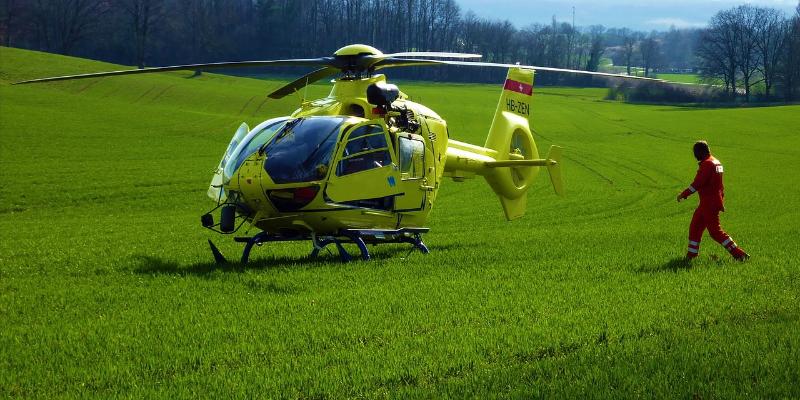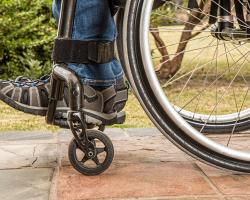The helicopters of the Medical Air Rescue transport over 8 thousand patients every year. Air ambulances, equipped with modern medical equipment, land in places of a sick call, often near houses and roads.
Air Rescue has 23 helicopters stationed at 17 standing bases on the territory of Poland, and one seasonal base is opened during the holiday period. There is 24-hour duty in the Warsaw base.
Takeoff in 3 minutes
The Director of Medical Air Rescue, Robert Gałązkowski, said that the Air Rescue employs over 100 doctors, approximately 80 paramedics and nurses, and approximately 80 pilots.
"We also have an airplane team stationed at the military airport at Okęcie" – he added.
Helicopters are requested in the event of accidents and sudden illnesses, such as heart attack and loss of consciousness. "The medical team flies directly to the place of call. The helicopters land, for example, in front of a house, on the street, on the field" said Gałązkowski.
The medical dispatcher makes the decision to send the helicopter. "After receiving instructions, we determine precisely the place of the call. At the same time the pilot and the doctor go to the helicopter, where they are given the geographical coordinates, which they enter into the GPS device. The takeoff takes place in 3 minutes" emphasised the Air Rescue director.
All helicopters are equipped with the appropriate medical apparatus necessary to save lives and to transport to other hospitals patients in grave medical condition.
During flight, the patient is connected to medical equipment and his or her life functions are monitored. The helicopter transfers the patient to hospital and then returns to base. Sometimes it happens that during the return the helicopter receives another call.
Five thousand flights every year
The helicopters fly over 5 thousand times a year. Flights to the location of the accident constitute 70% of all journeys. The rescue team is able to start the treatment process from the moment of arrival at the place of the accident and also quickly fly the patient to the Emergency Rescue Department, during the so-called golden hour.









Comments (0)